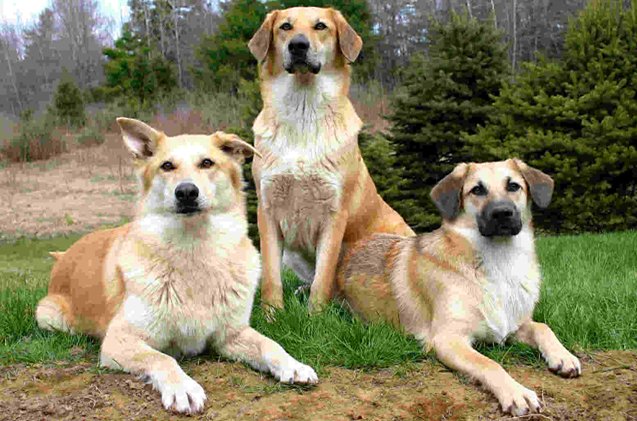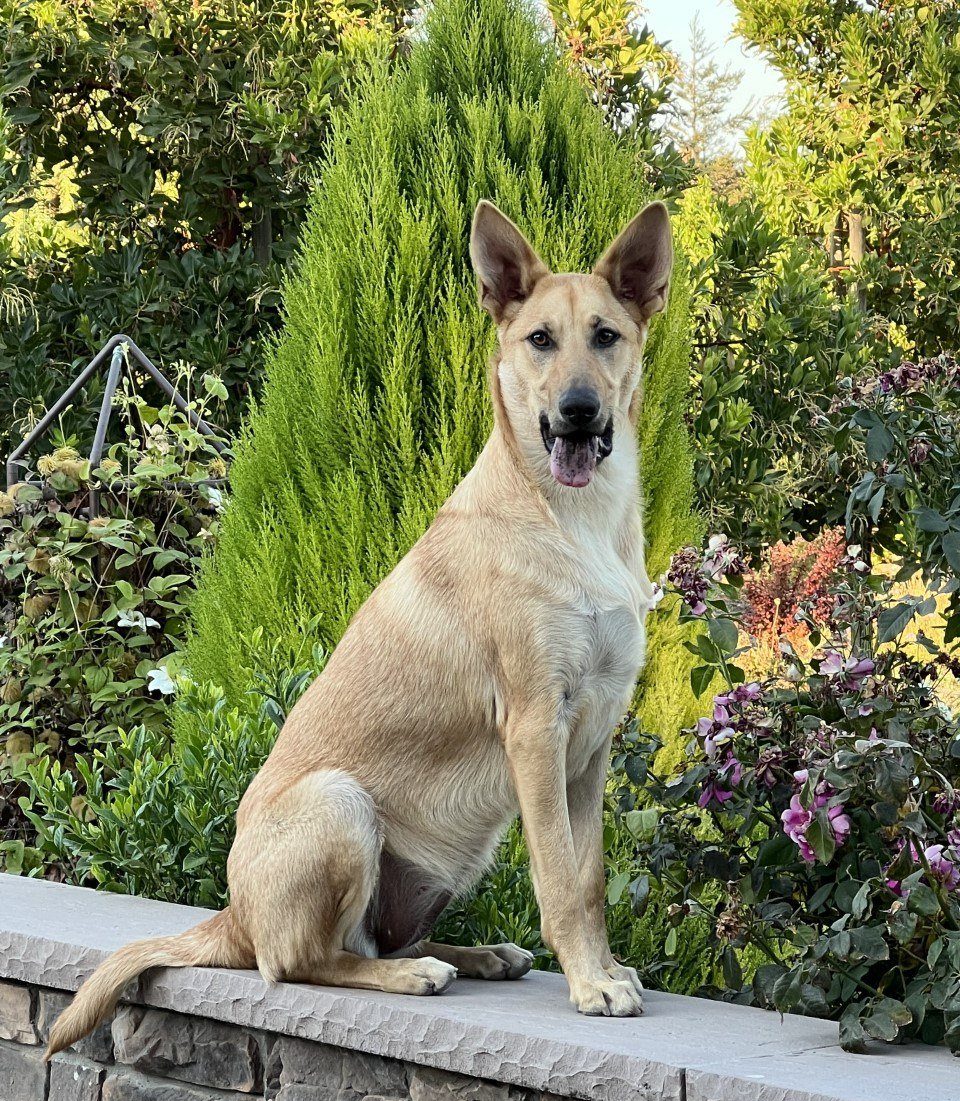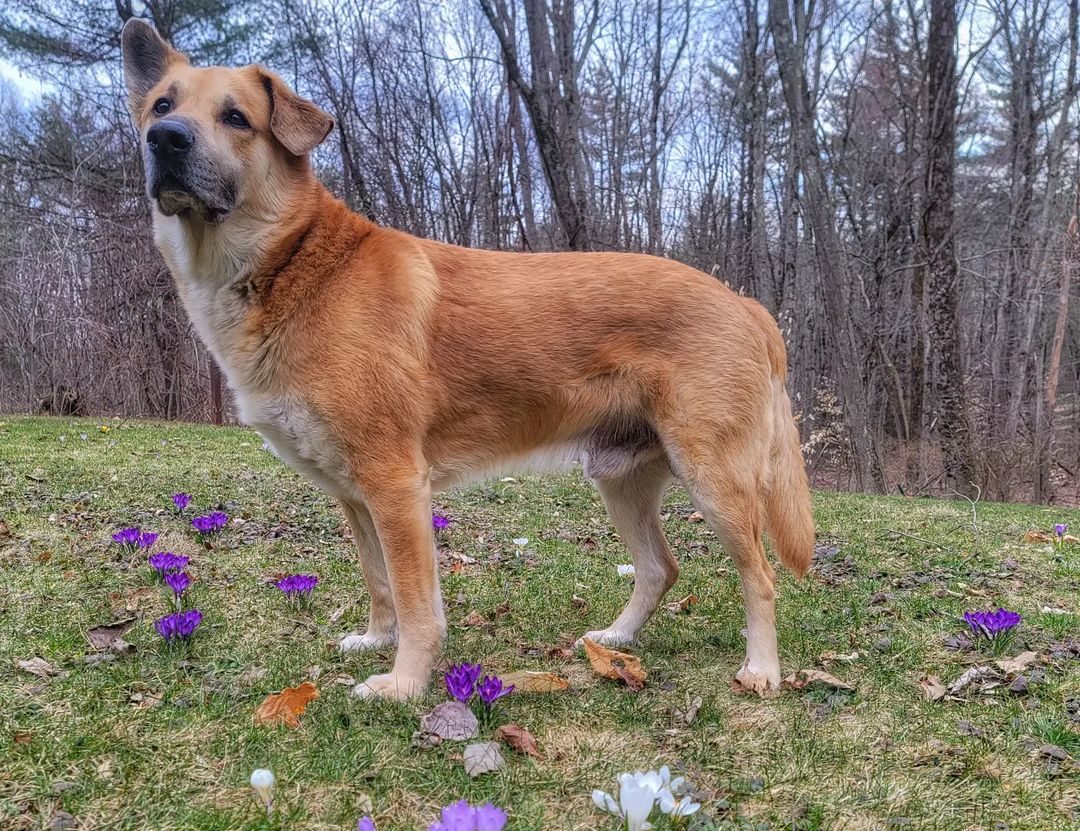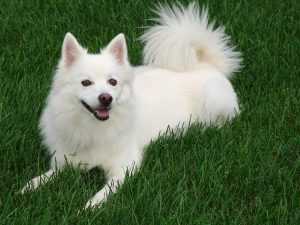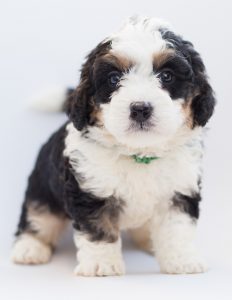Chinook is the pride of Wonalancet, New Hampshire, a rugged working dog breed and devoted family pet. How much do you know about the Chinook dog breed? At one point, this canine was on the verge of extinction, it is one of the rarest dog breeds in the world.
These puppies are the perfect picture of dignity, with a kindly twinkle in their dark, almond eyes. Calm and people-oriented, they are especially amazing with children.
Generally speaking, Chinooks are trainable workers who aim to please. That is the best description for this canine. Let’s find out more about it.
History Of The Breed
First, we have to talk about the history of the Chinook breed. Created in the White Mountains of New Hampshire, the breed got popular during Admiral Byrd’s first Antarctic expedition in 1928. At the time, these multipurpose dogs excelled. Nowadays, despite their status as purebred dogs, they sometimes end up in shelters and rescue groups. Which is sad for such an amazing canine.
It all started with Arthur Treadwell Walden, a Klondike Gold Rush adventurer, dog driver, and participant in the first Byrd Antarctic Expedition.
He was responsible for coming up with the Chinook dog breed by mixing a farm dog and a Husky on his own farm. He got the first litter of tawny puppies in January 1917, including a male who grew up to be the handsome dog he named Chinook.
Since then, the breed has had its ups and downs. There were dangers of disappearing and extinction several times, but there were always breeders who stepped up to rescue it.
Initially, the canine was bred for pulling ability and stamina. Think of a classic sled dog. But besides its dog sledding abilities, the Chinook has a lot more to offer. When Arthur Walden bred the first farm dog, he didn’t expect to get a legendary line of sled dogs.
He was a dog driver in Alaska for a long time before bringing the sport of sled dog racing to New England. And when Admiral Byrd was planning his expedition to Antarctica in 1928, he called on Walden and his dogs for transport.
Over time, however, their number has plummeted, and they are now among the rarest dogs in the world.
Appearance
When you look at the Chinook breed, you instantly notice it is a canine with dignity and a regal demeanor. Standing between 21 and 27 inches, and weighing between 45 and 90 pounds, this dog has a balanced and muscular body. It is a large dog with an athletic and muscular build. Nothing like the lazy big dogs and couch potatoes.
Instead, this true working dog has everything you want in a canine bred for farm work, sled work, and everything in between. The coat color option ranges, but the ideal one is considered from light honey to reddish-gold. According to breed standard, black markings on the inside corners of the eyes are preferred.
If your goal is to show off your dog, then dark tawny to black markings on the ears and muzzle are also preferred. Guard hairs on the tail may be black, but no white markings are allowed.
Here is an interesting fact. The American Kennel Club has yet to recognize the Chinook dog breed. But it is recognized by the United Kennel Club, and the standard faults any other colors than tawny.
Temperament
This dog, part of the working group, was bred by Arthur Walden to be an outstanding athlete. As such, he is hardy, intelligent, and loyal. They thrive in a pack environment, similar to other sled dogs like Huskies and Malamutes. They are not suitable for a home where they are left alone for longer periods. That may result in separation anxiety.
Also, due to their sled dog heritage, they can be diggers and can find a nice spot in the ground to take a nap. It is an inborn behavior, so be ready for your yard to have some holes in it. I suggest finding a way to redirect that digging behavior to a single area by encouraging digging, but only in a suitable area.
That being said, these working dogs thrive when they have a task to accomplish. People have used them over the years for carting, obedience, search and rescue, and many other purposes.
Combine the build and its agile movement and drive, and you have a perfect dog for agility competitions.
One of their key features is a calm, non-aggressive, and friendly disposition. They do not exhibit dog aggression. Instead, they have a gentle temperament that shows a dignified dog in the environment. They are graceful but purposeful, alert, but calm.
As we said before, they need to be close to their family to thrive. If not, they can become a bit destructive.
Is He A Good Family Dog?
Yes, the gentle and friendly Chinook can grow to be a kid’s best friend. When brought up together, they are an amazing duo.
Yet, if your Chinook hasn’t been socialized with kids, introduce them slowly. Chinooks are friendly, calm, and gentle, but they need time to warm up to kids and play with them. Remember, they are more interested in working than playing.
It is important that you also teach your children how to approach this rare breed. They should never poke the dog when it is sleeping or eating, or try to take its food.
Training
Let’s be real for a second. Almost every working breed is easy to train. These dogs love to work, and if you can find a way to use it to your advantage, training will be a breeze.
The downfall of most dog owners is they do not understand their puppy. They forget how much work these dogs crave and need.
In addition to their willingness to work, they are loyal, devoted, and eager to please. What more can you ask from a dog? Yet, remember, if you do not step up your game and reach their intelligence level, they might try to outsmart you.
Exercise Needs
Anytime you are dealing with a working dog, the big challenge is providing enough exercise. This is not a dog you can take on a walk around the block twice per day and be done with it. You have to put more effort and time into exercise.
Ideally, you should play some games, and try to provide physical exercise and mental stimulation at the same time.
Generally speaking, this rare breed needs between 60 and 90 minutes of exercise per day to be happy.
Health Issues
Generally speaking, Chinooks are healthy dogs. Yet, same as most dog breeds, they can be subject to certain health conditions. Now, it doesn’t mean your Chinook puppy will get any of these diseases. But it is important to know what to expect.
I also suggest finding a reputable Chinook breeder, one who can provide family and health history. As for health risks? Some of the common diseases and conditions that affect Chinooks include epilepsy, atopy, hip dysplasia, and cryptorchidism.
Grooming
Chinooks are easy to groom. But they do tend to shed. Remember, they have a double coat that sheds heavily two times per year. They shed slightly less than a Siberian Husky, but they still do shed.
If you want a dog that will not leave as much hair in your home, it might be time to reconsider. Their coat can be quite thick depending on the climate in which they live. In cooler temperatures, their coat will be thick, and in warmer climates, like some parts of the United States, their coat might not be very thick.
So, make sure to brush them once per week. And when the shedding season begins, up that to two or three times per week. Shedding season usually lasts for a month.

